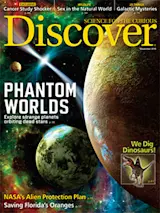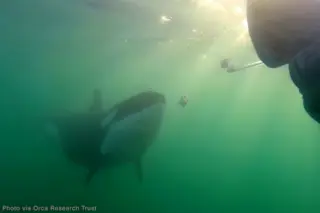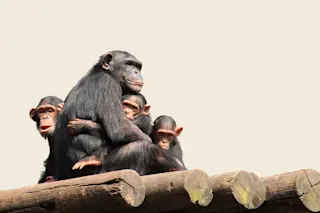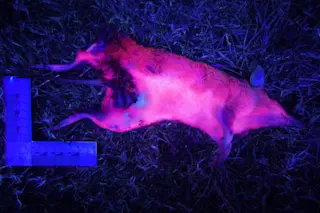By Gary S. Cross and Robert N. Proctor
Think your hankering for a Hershey’s bar or yen for Die Hard movies is simply individual preference?
Think again. In Pleasures, historians Cross and Proctor present an ambitious chronology of consumerism and consumer technology. They reveal how inventors and industrial engineers intensified and optimized flavors, sounds, sights and sensations to mass-market junk food, cigarettes, pop music, action movies and amusement park rides. — Dan Ferber
By Frances Larson
Alas, poor Oliver Cromwell. For centuries after his death from fever in 1658, his severed head was ogled in tawdry exhibits and even passed around parties like a cheap souvenir. Though Cromwell’s noggin was put to rest eventually — in 1960 — our species’s fascination with disembodied heads still thrives.
Across cultures and eras, anthropologist Larson explores the many meanings of, and uses for, severed heads. From med school teaching tool to warrior’s trophy, ...















